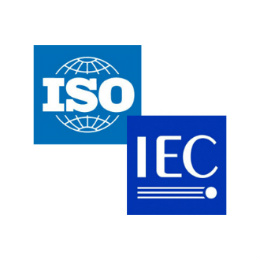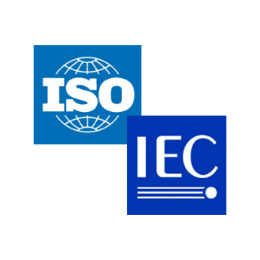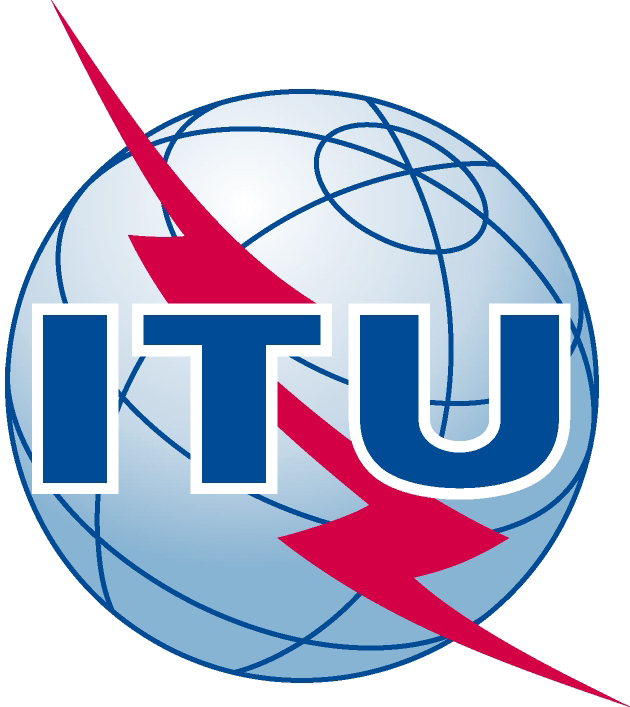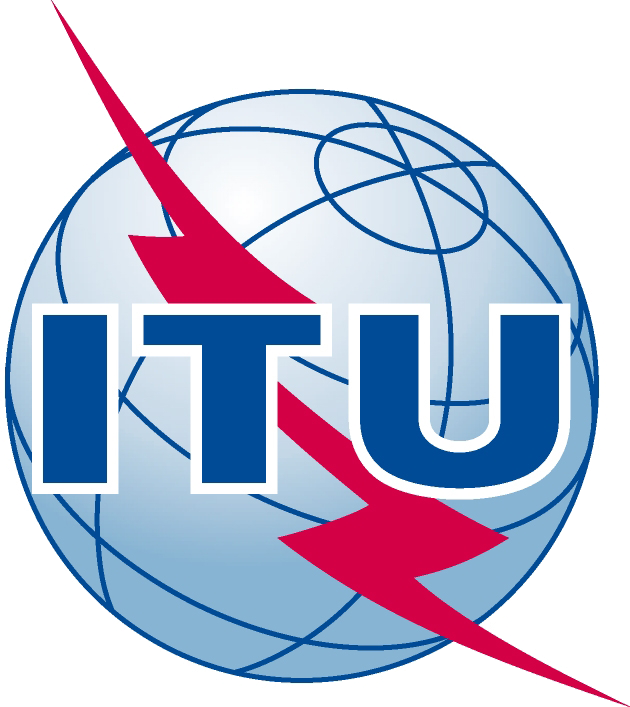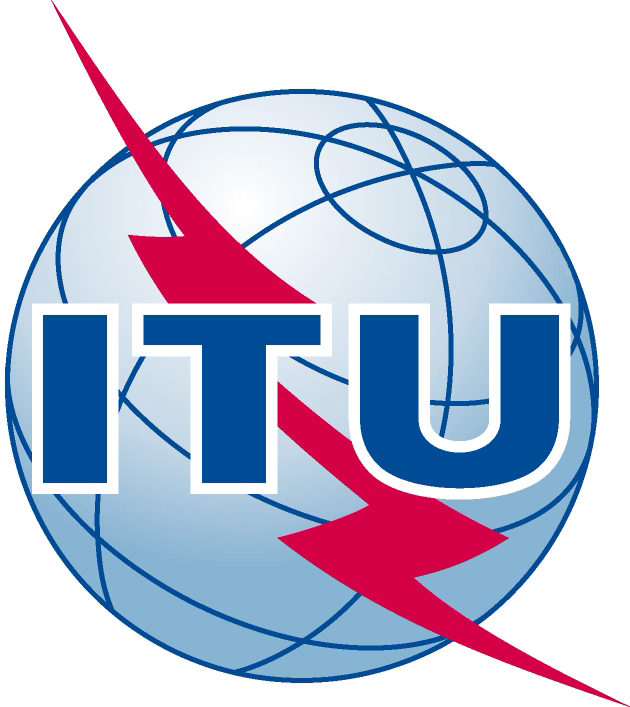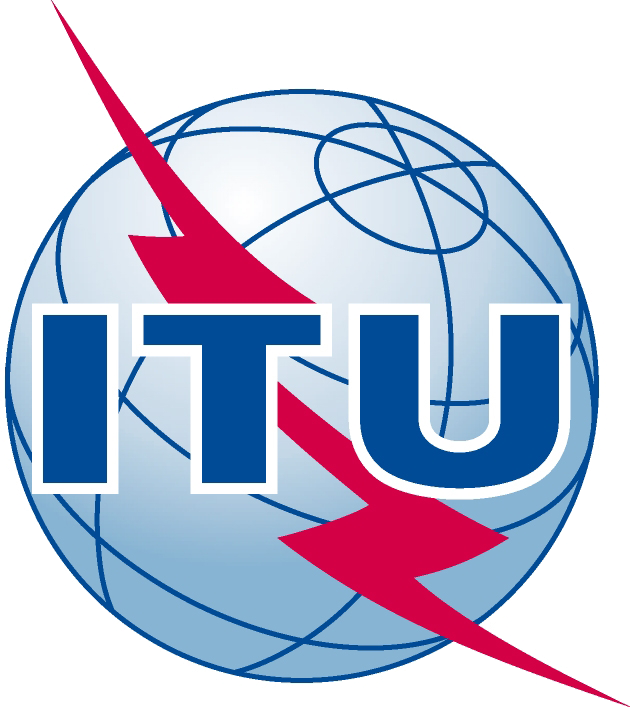Information technology -- Biometric application programming interface -- Part 1: BioAPI specification
ISO/IEC 19784-1:2018 defines the Application Programming Interface (API) and Service Provider Interface (SPI) for standard interfaces within a biometric system that support the provision of that biometric system using components from multiple vendors. It provides interworking between such components through adherence to this and to other International Standards.
